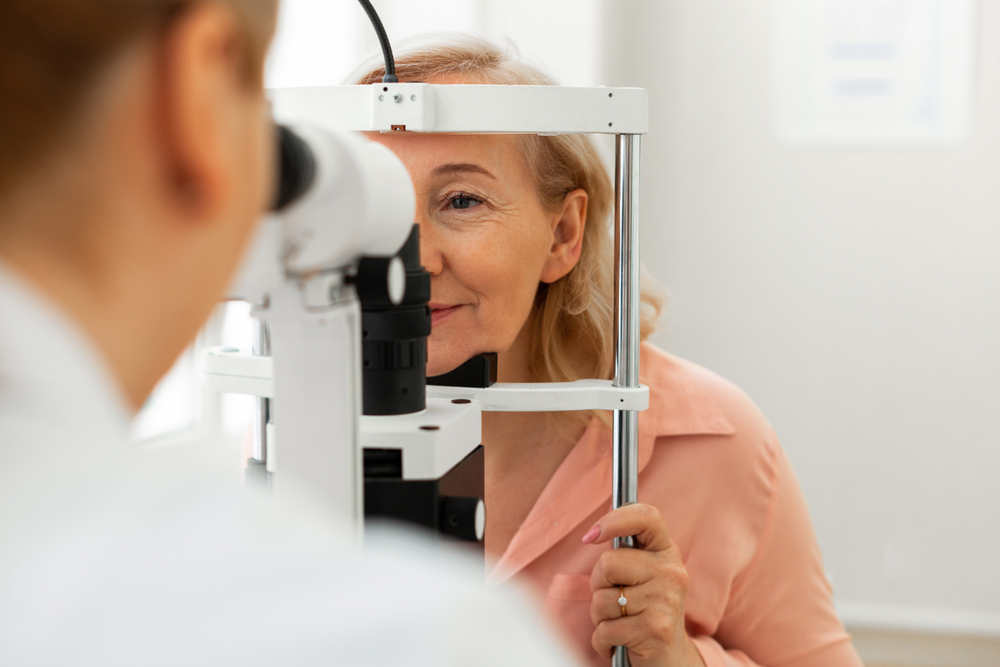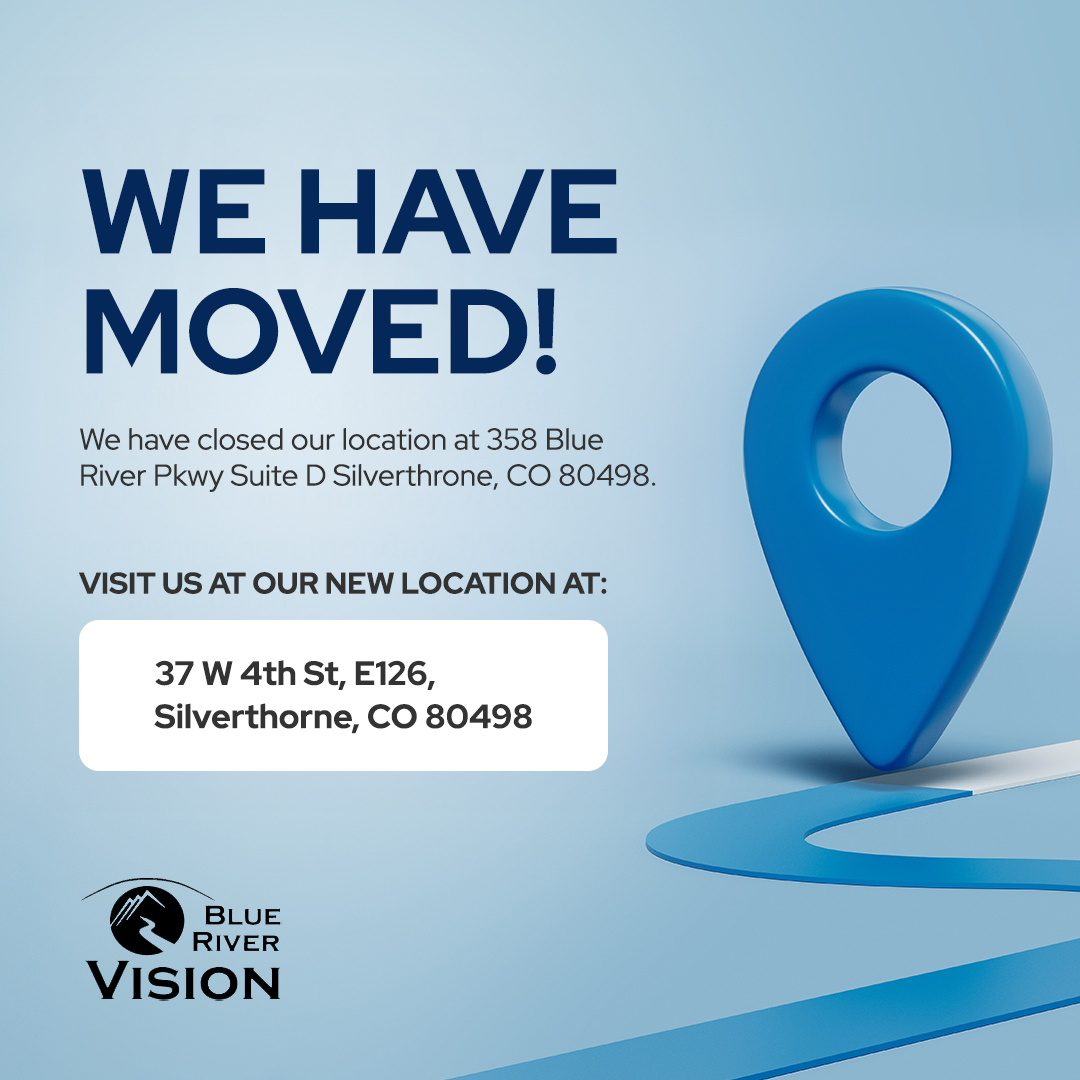
It’s not uncommon for people to be a little apprehensive when scheduling a comprehensive eye exam. For some people, they may have never had an eye exam before, and for others, it’s been years since their last one. To better prepare you for your exam, we would like to discuss the ins and outs of the process. At Blue River Vision, we believe that the more our patients know what to expect, the more comfortable they are!
Visual Acuity Test
The visual acuity test is among the most common visual eye exam out there. It’s probably what most people think of when they think of having their vision tested. You’ll be asked to stand a few feet away from an eye chart and say the letters out loud.
Color Blindness Test
A color blindness test is typically included in a comprehensive eye exam. Not only can it detect the issue early on, but it may inform your doctor of any other health concerns to look out for.
Cover Test
To make sure that your eyes are working well together, it is common for your doctor to administer a cover test. Essentially, the doctor will place an instrument over one eye and then ask you to look at an object both near and far away from you.
Eye Movement Test
In order to determine proper eye movement, your doctor will ask you to follow an object (usually his or her finger) to ensure that the movement is consistent. For quick eye movements, the eye doctor will ask you to hold your head centered and then look from one object to the next.
Depth Perception Test
It’s important for your eyes to work together so that you have proper depth perception. This particular test is usually performed by wearing 3D glasses and then choosing which series of objects appear closer to you. If you select the appropriate object, then you likely have good depth perception.
Glaucoma Test
The glaucoma test determines the pressure in your eye. This test starts by placing your chin on a chin rest of the machine, and then a puff of air bursts into your eye. If your eye happens to have high pressure, then you may be at a higher risk of glaucoma.
Retinoscopy
Retinoscopy is one of the first exams performed during a comprehensive eye exam. Essentially, this exam will give the eye doctor an approximation of your prescription, should you need one. The test is performed by dimming the lights in the room, and then you will be asked to focus on a target (usually a letter).
While you are looking at the letter, the doctor will shine a light at your eye to determine which types of lenses you may need to restore your distance vision. While any patient may undergo this test, it is especially useful in young children and other patients who may not be able to answer verbal questions readily.
Refraction
Refraction is a test used to determine the exact prescription needed. During this test, the doctor will use a phoropter in front of your eyes and then go through a series of lenses. You’ll be asked to choose which lens helps you see the clearest before giving you a final prescription. It’s not uncommon for the doctor to spend considerable time trying lenses a couple of times to ensure that they are the best option for you.
Overview
At Blue River Vision in Silverthorne, CO, we want our patients to be informed and comfortable whenever they visit our office. If you have more questions about a comprehensive eye exam, please don’t hesitate to contact our office for more information.





